Westphalian breed of horses is smoothly gaited, strong, and variable to various tasks. This breed has its roots in Germany and offers one of the best qualities that are loved by the riders. That is due to the athletic ability, friendly character, and trainability which makes the Westphalian horse one of the most popular for competition and pleasure riding. So this article will describe what the Westphalian horse is, its background, appearance, feeding and training, and uses nowadays.
The Westphalian breed’s value has been made famous through achievements in dressage, show-jumping, and eventing. Both riders and breeders appreciate the ability of the breed to be very trainable and hardworking besides being naturally elegant and athletic. In this breed, everyone who dreams of being a competitor, and everyone who does occasional racing, will find something interesting.
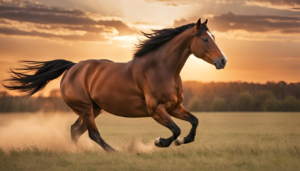
History and Background
The horse Westphalian which was developed from other breeds goes back in history to early 1800 in Westphalia Germany. Bred as war and agricultural horses this breed has evolved with time with a focus on sporting and leisure uses. This breed was selectively bred and crossed between other German bloodlines including the Hanoverian and Oldenburg. Such endeavors have produced a horse of a balanced temperament and the physicality that is suitable for contemporary horse sports.
Within the decades the Westphalian breed has been recognized internationally in competitive riding disciplines. This kind of versatility and rate of performance has placed it in the strategic position as an essential element of the breeding of horses in Germany especially in exercises such as dressage, and jumping among others. Today, the Westphalian breeds represent German equestrianism in different parts of the world.
Physical Characteristics
Of course, the horse of the Westphalian breed is familiar for its great appearance. Measuring 15 2 to 17 2 at the shoulder and weighing between 1000 and 1300 lbs these horses portray strength and finesse. Some of the familiar colors include bay, black, chestnut, and gray among others, which makes them even more attractive. An elegant-boned breed with muscularity and a well-expressed coat, the Westphalian has short backs with good hindquarters and very good flexible movements suitable for high-level work.
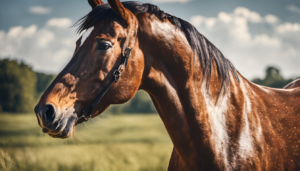
These physical characteristics do not only give the Westphalian a good look though they serve practical purposes. The general shape and proportions suggest good gait and trotting, and the eyes, as well as the head, have that distinctive look of nobility. This has good form and function that makes them suitable for such challenging sports in equestrian sports.
Temperament and Behavior
One can distinguish another specific feature of the breed, the so-called Westphalian horse obedience, and friendly character. As great lovers of teamwork, they perform very well in such fields as dressage and show jumping. These horses are sociable animals and are always eager to please their handlers, thus; they are suitable for all classes of riders.

Nevertheless, they are very large animals with long legs and a lot of energy, which becomes a problem for starting riders. This is especially true due to their rebellious and difficult-to-manage temperaments, but the proper training and handling will best be utilized consistently. However, this makes them conducive to work with and rather friendly, which makes them suitable to work with, for both horse professional competitors as well as amateur riders searching for a worthy partnership.
Diet and Nutrition
It is agreed that consuming balanced power for “Westphalian horse is essential for proper nutrition as well as achieving optimal condition. Their major source of feed includes pasture and hay with compliments of concentrate feeds especially for horses in activities. For the working horses supplementary feeding with grains or the commercial feed will be enough to supply the energy required.
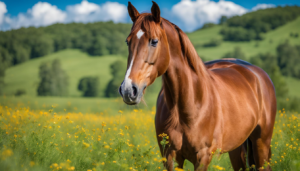
They also need to hydrate as well as take minerals in order to keep on running and be as fit as they are right now. Overfeeding is very dangerous in pets and owners hence need to regulate their diet to avoid obesity or digestive problems in the pets. As a result, Westphalians can manage their body nutrients correctly permitting them to undertake activities in both work and recreation efficiently.
Care and Grooming
This way, the South Westphalian horse needs to be groomed regularly to enhance the polished looks of its skin. As far as the groomers, one must understand that hair does collect dust and to avoid looking pale one must take a groomer once a week. Their mane and tail should be combed especially white and free from tangles.
Shoes should be removed and the hooves should be well trimmed, as failure to do so may lead to infections or hooves with a bad structure. Besides, the treatment of show horses under-grooming leads to high-level polishing and is thus best suited for shows and event use. Hygiene also entails having a grooming process that will pave the way for sound health throughout the aging process of the Westphalian.
Health and Lifespan
The Westphalian horse for another is relatively a strong breed with an expected life span of between twenty-five to thirty years of age. Like all horse breeds, they have inherited diseases, for example, ‘osteochondrosis’ and ‘navicular disease.’ These conditions if diagnosed early or prevented should be a top priority smear, diet, and training can help minimize their occurrence.
Their continuous check-up on health is important for checkups and other preventability acts, as well as their physical evaluation through exercise. When properly cared for, such horses can use their limbs as normal, and can even compete in active equestrian sports or participate in other sports if that is what they were bred for.
Role in Sports and Competitions
‘The Westphalian horse is well well-known popular specific breed in horse riding especially in dressage, show jumping, and general riding. These ones have been known for their great precision and stylish movements they have been part of many international competitions. Some of the examples include Rembrandt and Ahlerich, the Olympic champions that exemplified the breed.

The mounts are easily trained and are highly rated by professionals plus amateurs in the riding arena. Competition at local levels and at international level, Westphalians have proved their worth as riders and athletes of the equestrian sports.
Ideal Living Conditions
Specifically, the Westphalian horse is well adapted for those regions where there will be a lot of space to exercise. They can graze in large areas, and their comfort in the large areas shows their favor, a well-sized stable is good for them as well.
These hints require special kind of training and performance and some of the necessary facilities they should have include riding arenas and soft footing. Westphalian horse owners thus have the responsibility of making sure that the animals are well placed in proper homes so that they can fire their potential and at the same time live healthy happy lives.
Tips for Buying a Westphalian Horse
The basic prerequisites for acquiring a Westphalian horse are so-called “bloodlines”, and the further factors are age and training. Breeding and training Coul could reach as high as $15 000 or more depending with the pedigree of the horse.
Prospective buyers should also distinguish between the German and American origin of Westphalians, since this may lead to differences in temperament and aptitude for work of a certain type. Advising with experienced breeders or trainers will help to achieve a pick, which will suit you.
3 Fascinating Facts
- Said to be part of the second biggest breeding program, it makes the Westphalian horse popular and successful.
- Even though they are a breed of athletes, they are very friendly and affectionate and would make excellent pets for families, carrying kids.
- In our day and age, this breed is even more desirable than most breeds because while some of these breeds were initially developed for agricultural purposes, the Westphalian was bred for riding.
More Horse Breeds
If you’re interested in similar breeds, check out:
Otherwise, you can check out all of our other horse breed profiles.
Conclusion
The advantages of owning a Westphalian horse include their characteristics specifically pertinent to their uses in sports as well as Warmblood’s other attributes such as docility. Both are also appropriate for the novice rider or the professional and would prove to be an asset to any string. If you are interested in Westphalian, do not hesitate to ask him/her about your concerns or go directly to the local legitimate kennel for the best Westphalian. If looked after correctly and with the right care this exceptional breed can be one’s pride and joy for years to come as well as achievements.
FAQs
Q: What set the Westphalian horse apart from many other breeds?
A: The Westphalian breed is marked by athleticism, sweet temper, and versatility that allows using a horse for different types of riding disciplines.
Q: Here the important question arises are the Westphalian horses appropriate for novices?
A: Although they may be large but energetic, they are cooperative and easy to train making them an ideal breed for first-time owners.
Q: What is the price of a Westphalian horse?
A: General expenses for such embryos are estimated to be approximately $ 15,000, further features such as bloodline, age, and training level may incur additional costs.
Q: How long does a Westphalian horse live?
A: Westphalians should be fed and cared for appropriately to live from the ages of twenty-five to thirty.
Q: Which diseases are most prevalent in Westphalian horses?
A: It also means that they might be sensitive to osteochondrosis and navicular disease but all these can be avoided if the horse receives proper veterinary attention.
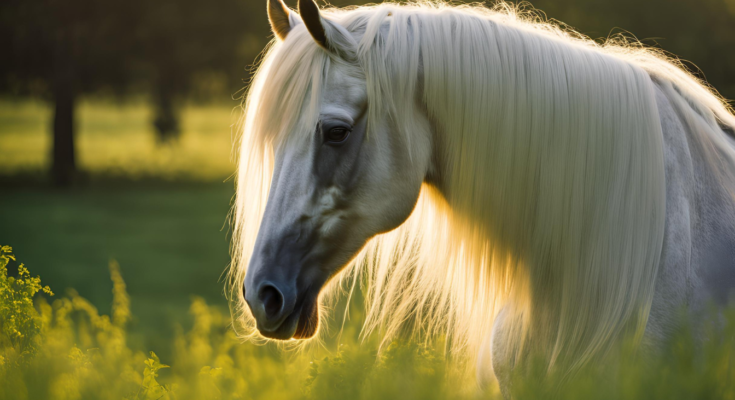

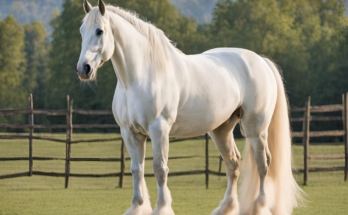

One Comment on “Westphalian Horse Breed: History, Traits, Care, & Facts”